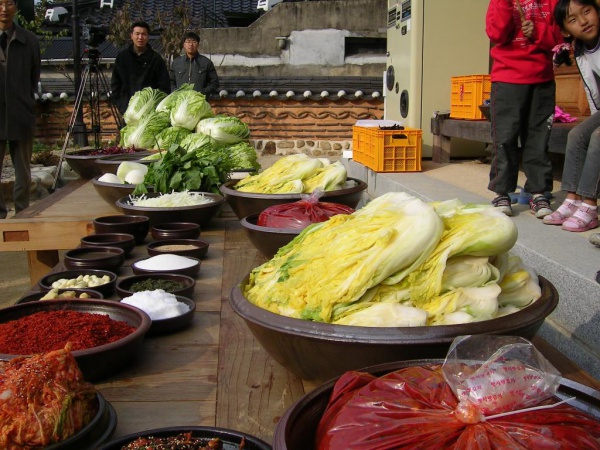Facts About Gimjang
Gimjang, or kimjang, is a revered Korean tradition of making and preserving kimchi, a spicy fermented vegetable dish, particularly during the winter months. While fresh kimchi is typically prepared in the summer using seasonal vegetables, gimjang involves creating large batches of kimchi over the course of a month, starting from the tenth lunar month, to last throughout the cold season. This ancient practice was honored with a place on UNESCO's Intangible Cultural Heritage list in December 2013.
Kimchi is a cornerstone of Korean cuisine and accompanies a wide array of meals. Its recipes date back to at least the 13th century, originally featuring vegetables, pickles, salt, and alcohol. The 17th century saw the introduction of red pepper, which imparted kimchi with its characteristic spicy flavor. Today, napa cabbage and white radish are the primary ingredients, but there are innumerable variations, including turnip, leek, carrots, and garlic.
The cooler weather of November signals the beginning of the gimjang season. This labor-intensive process involves families, friends, and neighbors coming together to chop, wash, salt, and ferment vegetables. Historically, kimchi storage was a challenge—freezing conditions in winter and over-fermentation in warmer weather posed threats. To mitigate this, Koreans buried earthenware jars in the ground to maintain a stable temperature. Despite the advent of modern refrigeration, the gimjang tradition persists, and many people still use special refrigerators designated for kimchi.
Acknowledging its cultural importance, Seoul inaugurated the world's only kimchi museum to celebrate the diverse types of kimchi and educate visitors about gimjang. Despite a decline in kimchi consumption, Koreans continue to enjoy it in significant quantities, averaging about 25 kilograms per person annually.

 North Korea
North Korea